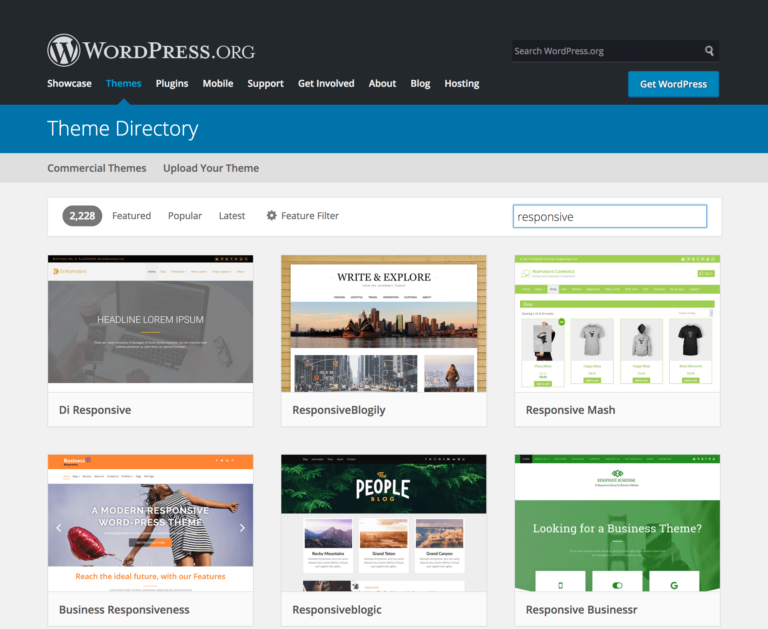Open resources for accessibility

Accessibility is a topic appearing in mainstream conversation with increasing frequency. When it comes to making course materials inclusive and accessible, there are a variety of open tools available.

General Education Requirements (GER) for baccalaureate degrees describe required courses that students must complete in order to achieve a bachelor’s degree. Here at UAF, GERs provide a common set of learning experiences for students and have outcomes that encapsulate the…


In order to better prepare graduates for the challenges of work, life, and citizenship, the National Academies of Sciences, Engineering, and Medicine recently issued a report urging institutions of higher education to integrate the arts and humanities with science, technology,…